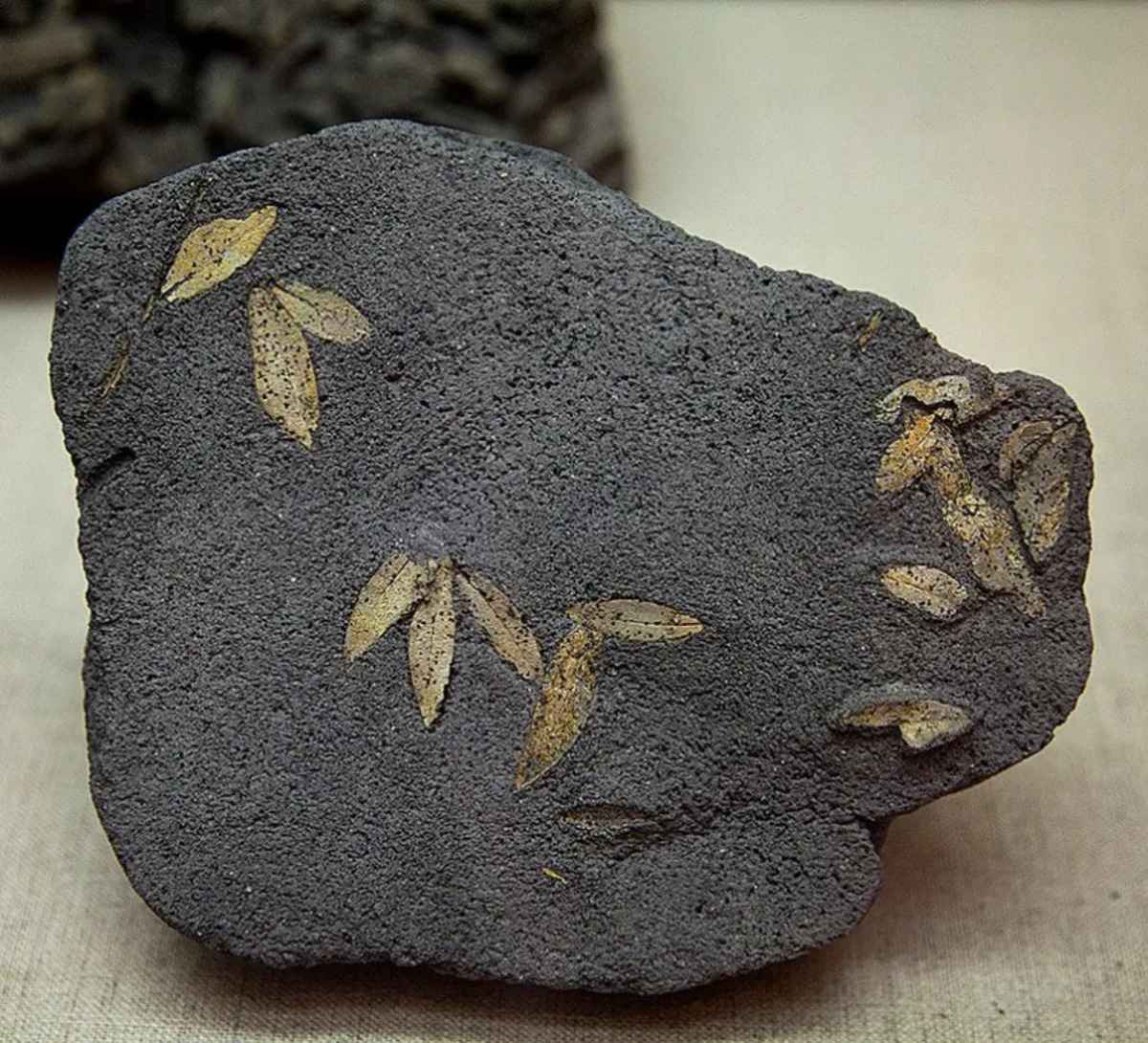A remarkable fossil discovery in Assam’s Makum Coalfield has opened a window into the region’s distant ecological past. Scientists from the Birbal Sahni Institute of Palaeosciences have unearthed fossilised leaves dating back nearly 24 million years, belonging to the Nothopegia genus — a group of trees now found only in the Western Ghats, a UNESCO World Heritage Site. This discovery sheds new light on how ancient ecosystems once flourished in what is now northeast India.
About Fossil Discovery in Assam
The fossil leaves, retrieved from the sediment-rich Makum Coalfield known for its paleobotanical wealth, were meticulously analysed for their shape and structure. Through detailed comparison with modern plant specimens preserved in botanical collections, researchers confirmed the fossils as Nothopegia — a genus no longer native to the northeast region. This identification marks the oldest fossil record of the genus ever found.
From Tropical Forests to Fossil Beds
These leaves date back to the late Oligocene epoch, approximately 23–24 million years ago, a time when the region was blanketed by warm, humid forests. Using advanced reconstruction tools like the Climate Leaf Analysis Multivariate Program (CLAMP), scientists revealed that the ancient climate of the region was ideal for tropical species like Nothopegia to thrive.
When the Earth Shifted — And So Did Its Life
But the Earth was far from still. Over millions of years, the rise of the Himalayas drastically reshaped the subcontinent’s climate — altering temperature, rainfall, and wind patterns. These changes gradually made the northeast inhospitable to many tropical species, including Nothopegia, which ultimately vanished from the region.
A Botanical Refuge in the Western Ghats
While Nothopegia disappeared from northeast India, it managed to survive in the Western Ghats — a region where the climate remained stable enough to support it. This phenomenon highlights how certain geographic areas act as refuges, preserving ancient plant lineages through periods of intense environmental upheaval.
Science Behind the Discovery
The research was a multidisciplinary effort, blending paleobotany, systematics, and climate modelling. By combining fossil analysis with modern botanical science and environmental reconstructions, the team could map ancient climate changes and their effects on species distribution over millions of years.
Lessons for Today’s Changing World
This discovery doesn’t just speak to the past — it warns us about the future. The extinction and migration patterns observed in Nothopegia mirror what could happen to modern flora amid today’s accelerating climate crisis. As species face similar pressures from shifting temperatures and altered rainfall, studies like this help predict how ecosystems might respond — or collapse.
Call for Conservation
The survival of Nothopegia in the Western Ghats underscores the critical role of biodiversity hotspots in preserving evolutionary heritage. Protecting these ecological sanctuaries isn’t just about saving plants — it’s about safeguarding the history of life on Earth and preparing for the challenges of a rapidly warming world.




